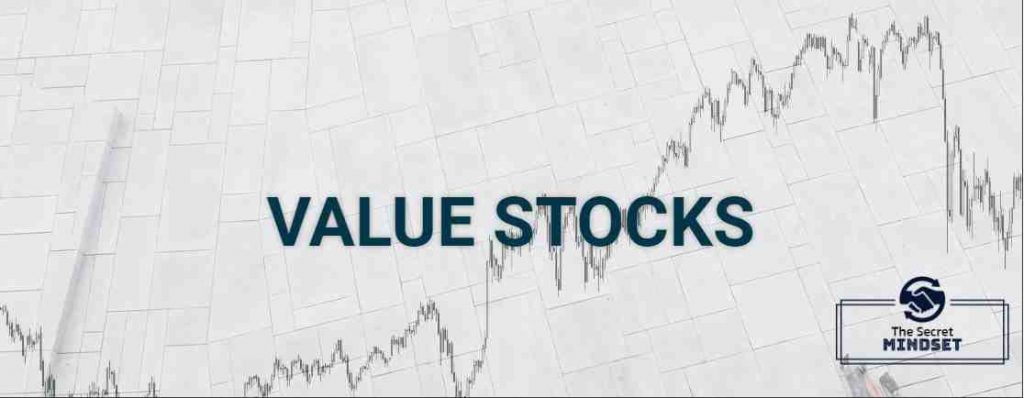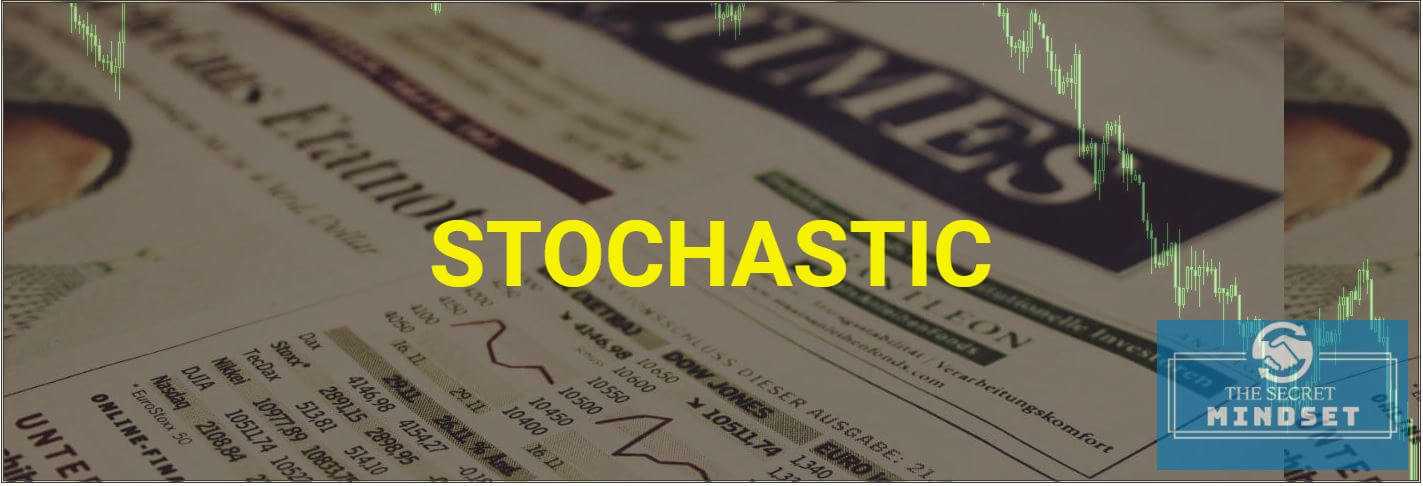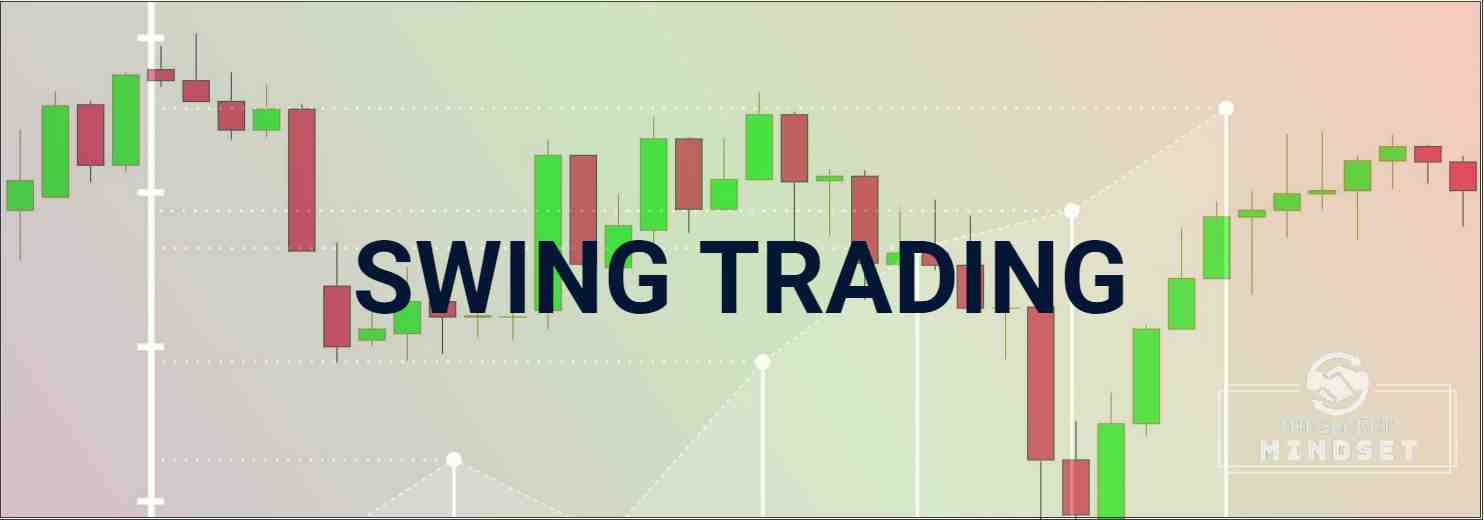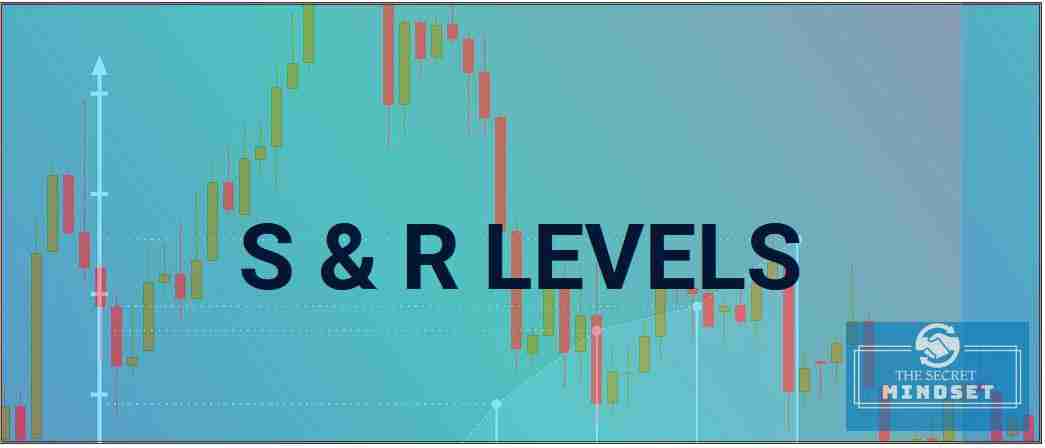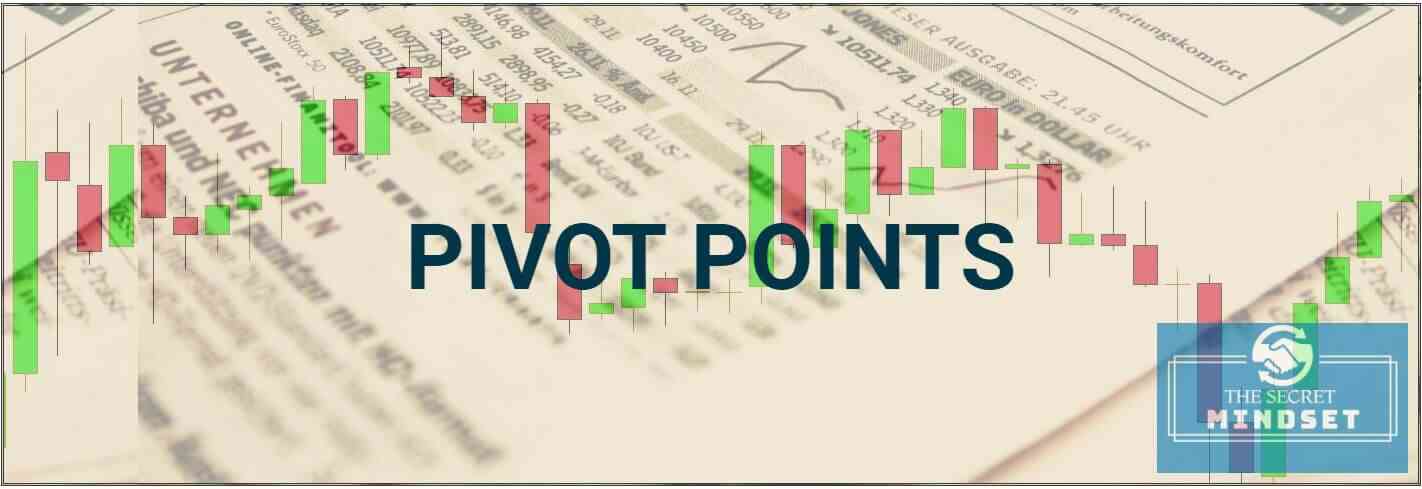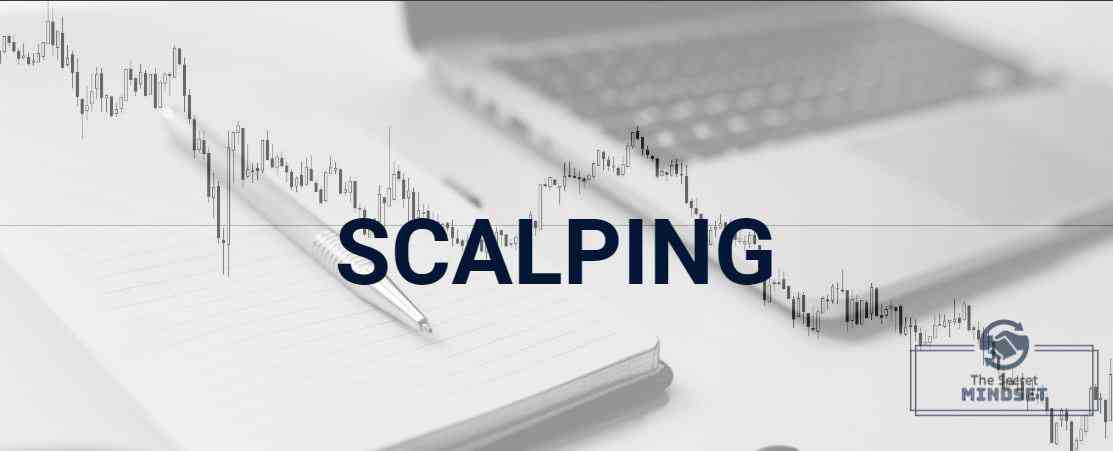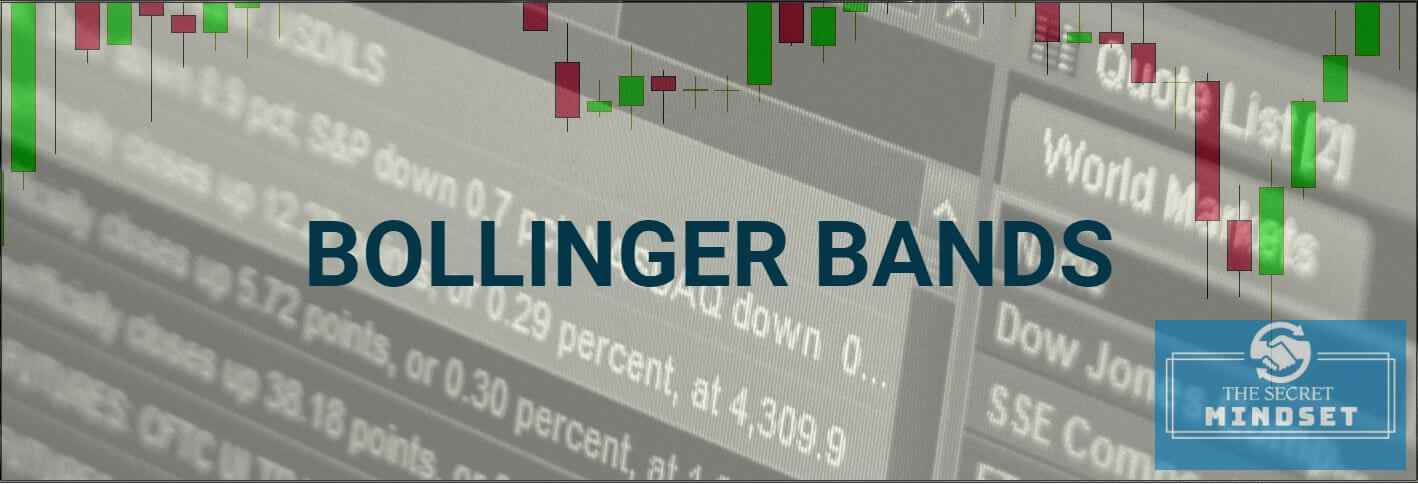Table of Contents
The stock market could be a fun game if you invest in value stocks and your analysis pays off. Every investor dreams to find that undervalued company to invest in, just to see the stock prices recording spectacular increases. Easier said than done. But it’s possible.
What are Value Stocks
Value stocks are stocks of profitable companies that are trading at a reasonable price compared with their true worth, or intrinsic value. A value stock is considered undervalued compared to its fundamentals, meaning that its price should be higher compared to the current market price.
Value stocks are typically those of companies that are not so popular on the market. They are unwanted and off the radar of the big market players. These companies are often mature companies that are consistently generating strong cash flow but have a modest growth potential.
The average value investor looks to buy low and sell high, which obviously makes a lot of sense. The problem is actually finding those cheap value stocks to buy.
Investors who are interested in value stocks analyze carefully the companies by using a number of fundamental tools (P/E ratios, Price-to-Book ratio etc.) in order to find these bargain stocks.
Value stocks have low price-earnings ratios and low price-to-book ratios. They’re cheap, or seem to be cheap. That why value stocks are usually trailing behind the general market for long periods of time.
Value Stocks Vs Growth Stocks
Higher Returns in the Long-Term
In the long term, value stocks represented a better investment than growth stocks. Value stocks can experience consistent gains that may outperform benchmarks, such as the S&P500.
The reasons are obvious. By paying cheaper prices for values stocks you have a much greater capital appreciation.
Also, focusing on growth is always risky. Growth stocks can be easily derailed by any number which is not in line with analysts’ expectations. A growth stock would be absolutely destroyed if a quarterly revenue figure comes out lower-than-expected.
Value investors are more permissive. A 2-3 % revenue growth or profit growth for a value stock compared to an expected figure of 7-8% is not received so negatively by value investors. They don’t abandon the value stocks so quickly and that is reflected in the long term.
Lower Risk
The intelligent investor knows that it’s better to buy a decent company at a low price rather than a popular company at a very high price. It takes some market experience and education to realize that investing in value companies can be profitable and relatively safe.
With value stocks, investor’s expectations are pretty much low. The price they pay is cheap anyway. That way, negative surprises don’t wipe them off the market.
The losses are lower compared to other stocks. Growth stocks, for example, can lose 50 percent or 60 percent of their value in one day.
Because you’re investing in the longer term, you don’t have to get caught up in the market price fluctuations.
Less Dependent on Economy
A principal reason why value stocks do better in the long run is that investors don’t need a booming stock market to bail them out. There can be mergers, buyouts, acquisition, and they can make money. That’s why the economy is pretty much irrelevant.
All they need to do is to buy good stocks on the cheap side and hang on. The market risk is often ignored.
Higher Dividends
Value stocks are mature companies with stable cash flows and that offer decent dividend yields. That’s one of the reasons why value stocks do better in the long run: because they tend to pay higher dividends.
As the value stocks aren’t as likely to increase as much as growth stocks, for example, a dividend offered to its investors will keep them around.
In general, value stocks with stable businesses and high dividend yields can make great dividend stocks. This is important for conservative investors focused on capital preservation and income.
Disadvantages of Value Stocks
Value Trap
When investing in shares that look like good value stocks you must be careful, though. The market may be right, the company is cheap for a reason and you may be getting sucked into what we call a value trap.
The reality is that under-valued companies aren’t always winners. Companies that posted low earnings, cash flow or book value for an extended period of time are sometimes doing so for a reason.
Many investors fall into this trap and wait for years for the company to recover. If the initial analysis was incorrect, you’re stuck with a company with no future.
Slow Growth
Value stocks are likely to increase in price in the future, but not as quickly as other stocks. Value stocks investing require a lot of patience, which sometimes goes unrewarded.
You may buy some cheap and undervalued stocks and wait years for them to be recognized by the market. Watching your value stocks stagnating for so long it’s not a very exciting process. This can represent a real challenge if you lack patience.
Also, it can be frustrating to see growth stocks recording new yearly highs while your value stocks are trading in mediocrity.
Value Stocks Investing is More Advanced
A beginning investor doesn’t normally want to put his money in undervalued companies. He’s attracted to rapid growth.
Value stock investing is more advanced, more analysis is in required. A value investor must efficiently analyze a company’s fundamentals and also have the discipline and patience to wait for the results.
This may not sound too attractive to investors that seek quick profits.
How to Find Value Stocks: Value Stock Screener Criteria
How do you identify a value stocks? That’s the million dollar question. The value investors aim to find businesses where the market value is below the intrinsic value.
Here are the main elements you should analyze when you consider picking a value stock:
Price to Earnings Ratio (P/E)
The Price to Earnings Ratio (P/E) is an important ratio for measuring whether a stock is overvalued or undervalued. The P/E gives investors an estimate of what the market will pay for the company’s earnings.
Value investors look to find those low P/E companies, overlooked my market, with a potential to increase in the future.
You must be careful with this ratio because a low P/E may indicate that the markets don’t appreciate a stock for a good reason.
How do you read the price to earnings ratio? A P/E value of 10, for example, means that the current price equals the sum of 10-year earnings per share.
Also, P/E value is not reliable by itself. The P/E value should be compared per sector or industry.
Many value investors set 15% as their maximum acceptable price to earnings ratio when evaluating possible value stocks.
Price-to-Book Ratio
Value investors are often analyzing the price-to-book ratio. Price-to-book ratio is really just another word for net assets. They want to find a company where the share price is either below book value or not that much above it.
The main reading of a price-to-book ratio is that lower values, especially below 1, represent signals that a stock may be undervalued.
For value investors, this financial ratio is one of the main methods for finding low-priced stocks ignored by the market.
Return on Equity (ROE)
Price-to-book ratio is often analyzed in conjunction with return on equity (ROE). ROE measures how much earnings a company can generate from assets.
When analyzing a value stock, we want to see a steadily increasing ROE, an increasing trend. We want to analyze the evolution of return on equity over a period of minimum five years rather than just one year. We want to will average out any abnormal figures.
Many value investors set 10% as their minimum acceptable return on equity when evaluating possible value stocks. This suggests that the company’s management is giving shareholders more for their money.
Dividend Yield
Value investors often look at the dividend yield. You know if a company is paying a yield of 1-3% that’s a good sign.
As the value stocks aren’t as likely to increase as much as other stocks, a dividend offered to its investors will motivate them.
Debt-to-Equity ratio
The Debt-to-Equity Ratio shows how much debt a company is using to finance its assets relative to the amount of value represented in shareholders’ equity. A value investor is always trying to find low-debt stocks. A low debt-to-equity ratio tells value investors that the company uses a lower amount of debt for financing relative to equity.
The maximum acceptable Debt Equity Ratio by many value investors is 0.5.
Current Ratio
Current ratio shows value investors if the company has the ability to pay short-term and long-term obligations. Current ratio is a relevant indicator for estimating a company’s financial health.
When seeking for value, investors look at companies with a current ratio of at least 1.5. This tells value investors that the company is able to pay its obligations and it has a larger proportion of asset value relative to the value of its liabilities.
Price to Sales Ratio (P/S)
More and more value investors are excluding the price to earnings ratio from their analysis and focus on Price to Sales Ratio. Some argue that earnings of companies can fluctuate significantly from year to year but the company’s sales are more stable and a better way to estimate the strength of the underlying business.
The price to sales ratio is calculated by dividing the company’s market capitalization by its total sales over the past 12-months. This ratio varies greatly from sector to sector, so they are most useful when comparing similar stocks within a sector.
Value investors look for companies that have a low Price to Sales Ratio but still have good prospects for growth. Many of them seek for companies with a Price to Sales Ratio below 2.
EPS Growth Next Five Years
Earnings per share ratio shows investors the company’s ability to produce net profits for common shareholders. This is what drives share prices up, the earnings growth. For investors, a value stock must record growing earnings in the future.
So, value investors look for EPS growth next five years of at least 10%. The EPS growth next five years calculation is based on analysts’ estimates and isn’t always accurate, but it can help value investors to filter weaker companies.
Price to Free Cash Flow
The Price to Free Cash Flow ratio tells value investors how much cash a company actually possesses after capital investments. The Free Cash Flow is the amount a company has at the end of the year. This amount can be used for dividends, buy back stock, pay the debt or just let it on the company’s balance sheet.
A low Price to Free Cash Flow ratio is a good indicator for value investors to determine if the company is undervalued.
Combining All Value Stock Screener Criteria
- Price to Earnings Ratio (P/E) below 15
- Price-to-Book Ratio (P/B) below 1
- Return on Equity (ROE) above 10%
- Dividend Yield above 1%
- Debt Equity Ratio below 0.5
- Current Ratio above 1.5
- Price to Sales Ratio (P/S) below 2
- EPS Growth Next Five Years above 10%
- Low Price to Free Cash Flow
Identifying value stocks is a subjective task. Your interpretation and analysis are more important than blindly following someone else’s figures.
You may want to add other ratios or eliminate some criteria. Value investing is not a precise art and every investor has its own tools and methods to spot a value stock.
You can play with these criteria on a stock screener like Finviz. A Stock screener is a tool that selects the stocks which match the selected criteria from the whole pool of stocks. The stocks screener scans the entire stock market and shows you what stocks meet your criteria.
This could really speed up the process of finding the values stocks. However, use this tool only as the preliminary first step in your research.
After you selected the potential stock value candidates, dig deeper. Research the company, understand its business model, the quality of the management and its competitive advantage the company has over its peers.
Try to understand why the company is not so popular and appreciated by the market. Try to find out why the company slowed down, what were the causes that led to this situation etc. Before putting your own money in this company you must look at the bigger picture.
So, if you prefer to invest in the long term and you have a low tolerance for large capital losses, value stocks will suit you. Value investing consistently delivered one of the best overall returns on investments and should play an important part in your portfolio.

